Introduction to 4 Port Diverter Valves
Diverter valves are essential components in managing the direction of flow in a piping system. A 4 port diverter valve is a specific type of valve that directs fluid or gas from one inlet to multiple outlets or vice versa. This introduction delves into the various aspects of these valves, providing insights into their functionality, types, and applications.
Types and Features
Diverter valves come in various designs, each serving a specific purpose. The 4-way diverter valve is particularly versatile, allowing for distribution in multiple directions, which is crucial in complex piping systems. Features such as the valve's actuation method—be it manual, pneumatic, or electric—play a significant role in its operation and suitability for certain applications.
Applications of Diverter Valves
The application of 4 port diverter valves spans across several industries. They are commonly found in water treatment plants, HVAC systems, and irrigation setups. Their ability to control and redirect flow efficiently makes them indispensable in sectors where fluid management is critical.
Materials and Construction
The construction material of a 4 port diverter valve is selected based on the fluid it will encounter. Common materials include brass, stainless steel, and PVC, each offering different levels of durability and resistance to corrosion or chemical reactions.
Advantages of Using 4 Port Diverter Valves
Utilizing a 4 port diverter valve in a system offers numerous advantages, such as improved control over fluid distribution and the ability to isolate parts of a system without halting the entire process. These valves are designed for efficiency and reliability, ensuring consistent performance in various settings.
Selecting the Right Valve
Choosing the correct 4 port diverter valve requires understanding the specific needs of your system, including pressure requirements, flow rate, and compatibility with the fluids in use. It is crucial to consider these factors to ensure optimal performance and longevity of the valve within the system.


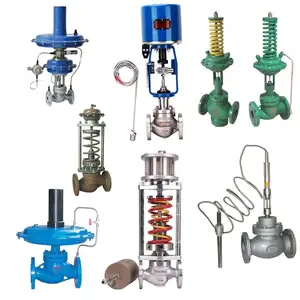

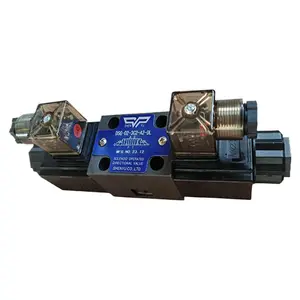

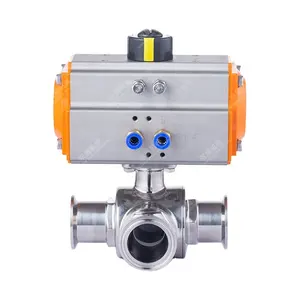








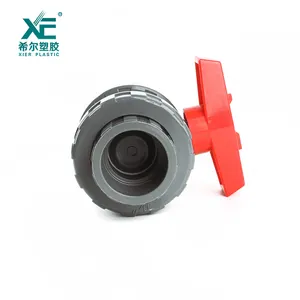
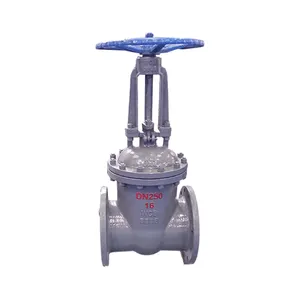

















 浙公网安备 33010002000092号
浙公网安备 33010002000092号 浙B2-20120091-4
浙B2-20120091-4